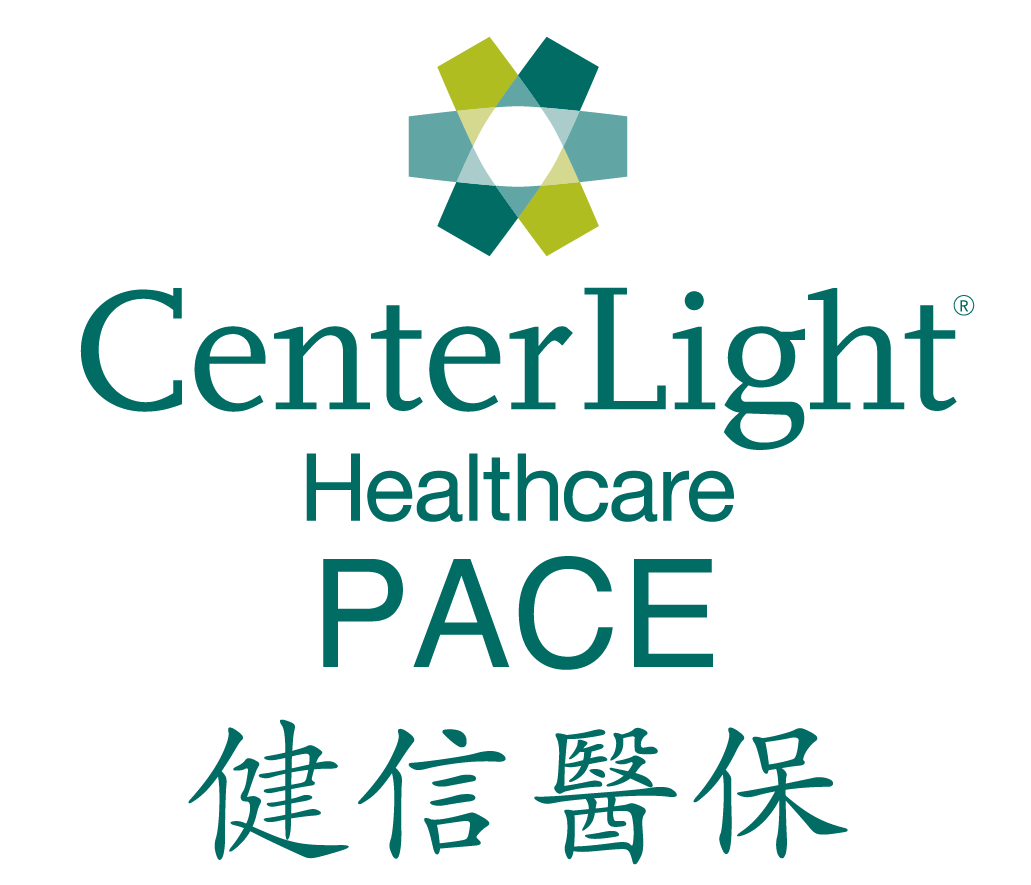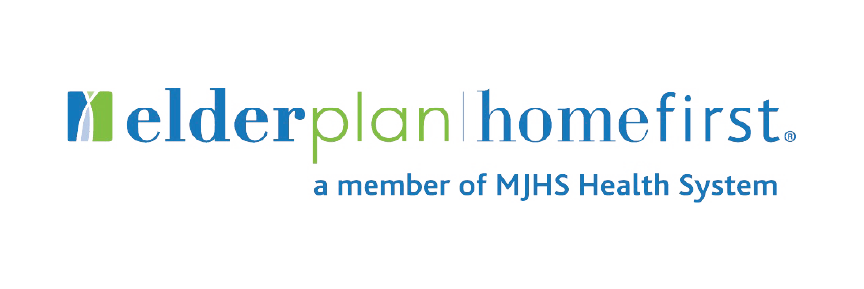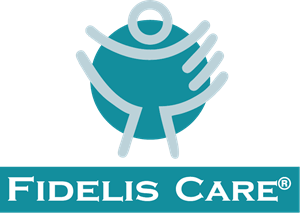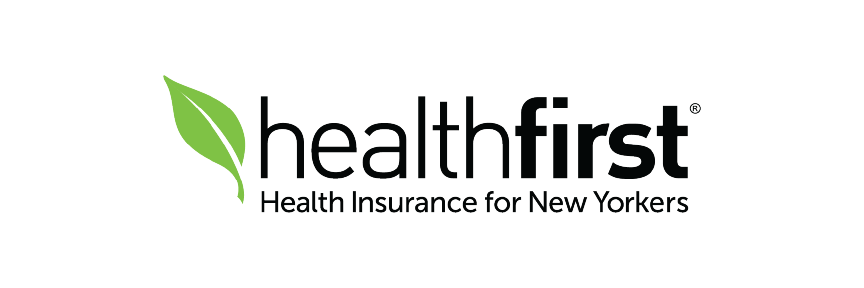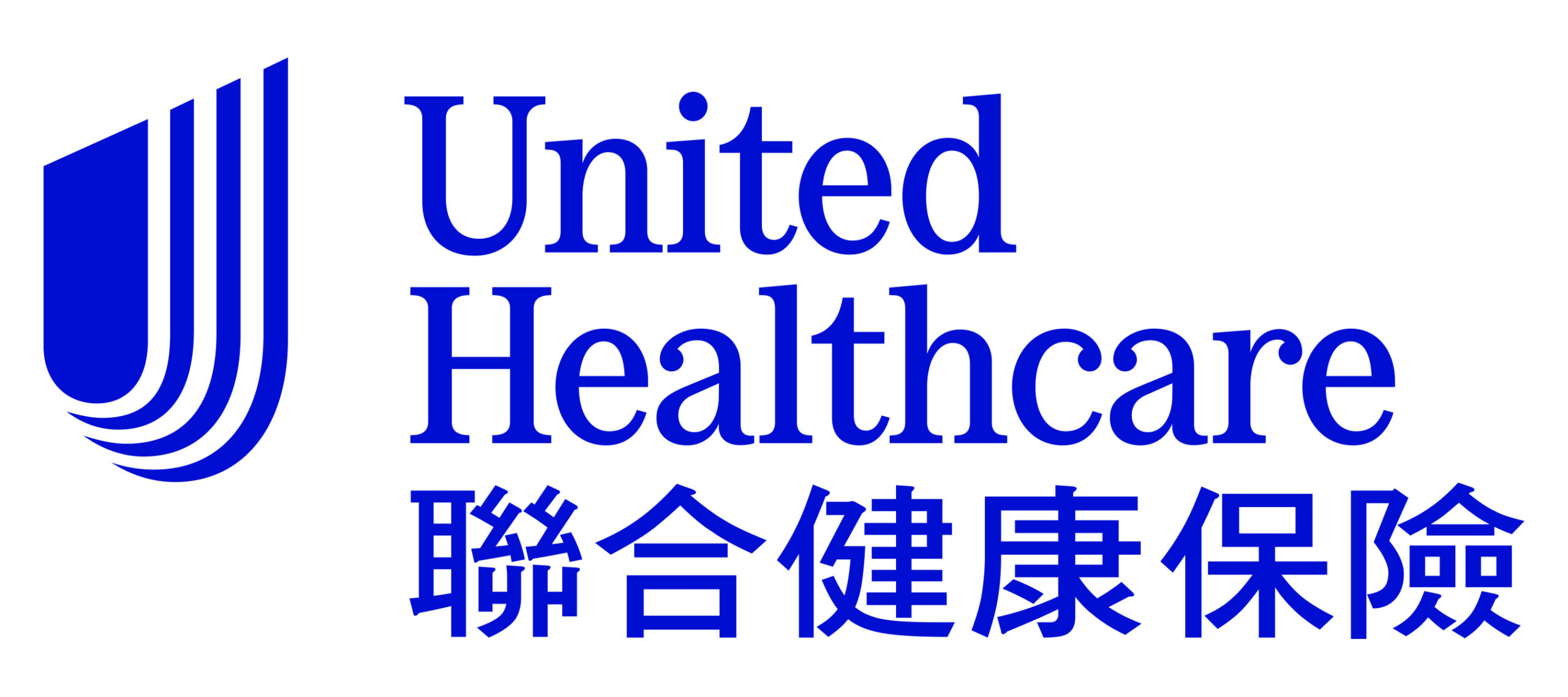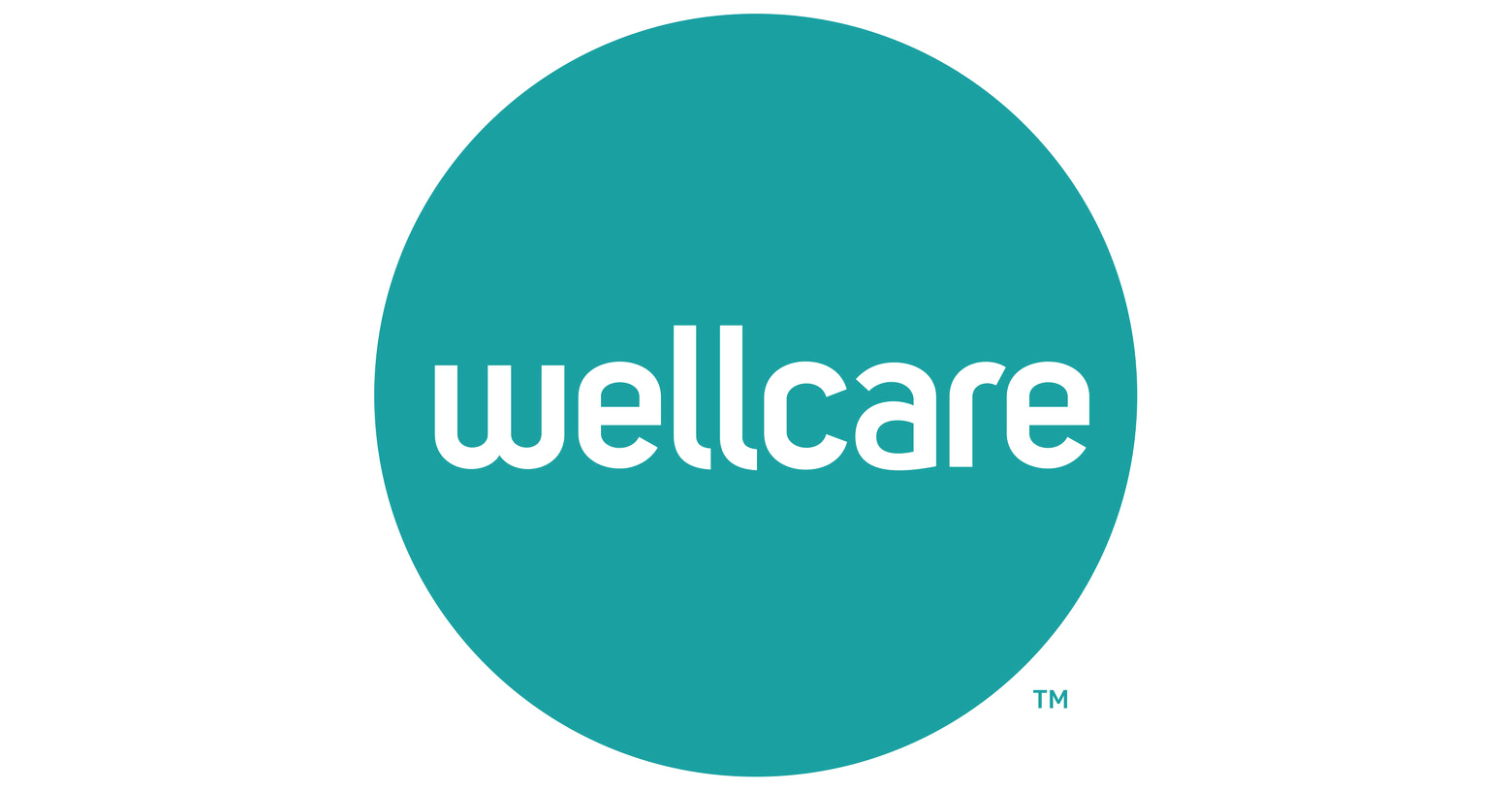Sunset Park Radiology
Our radiologists are board certified by the American Board of Radiology (ABR) and subspecialty trained in neuroradiology, body imaging, breast imaging, musculoskeletal, and MRI.
SPR boasts state-of-the-art technology for high-quality imaging services.
We have highly experienced and specialized radiologists and technologists.
Provide superior, individualized,bilingual patient-centered care.
Services We Offer
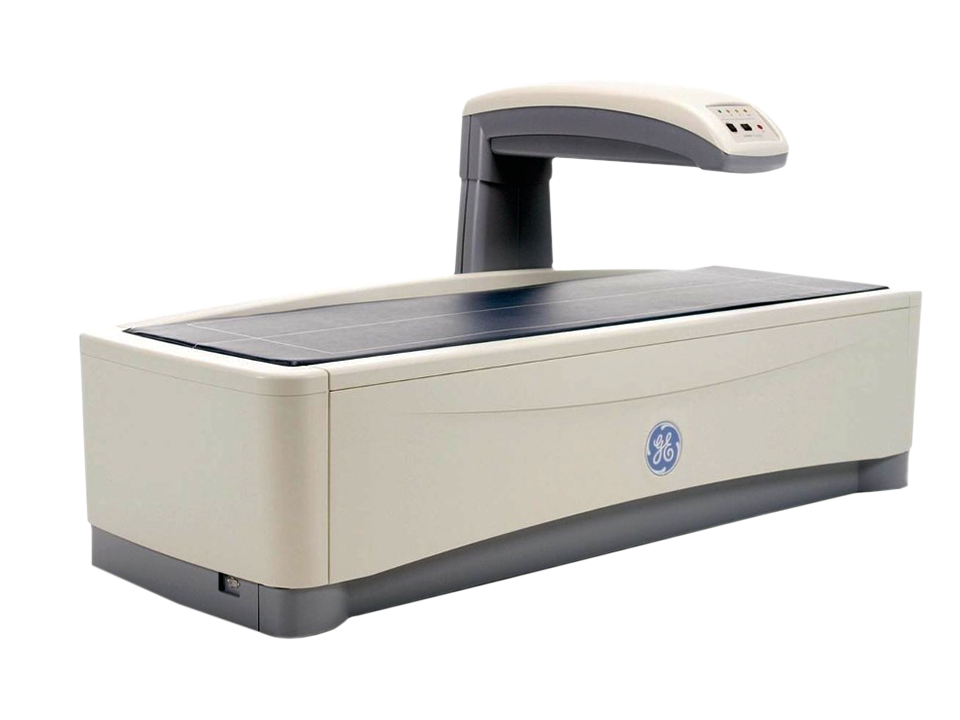
Bone Density
(DEXA)
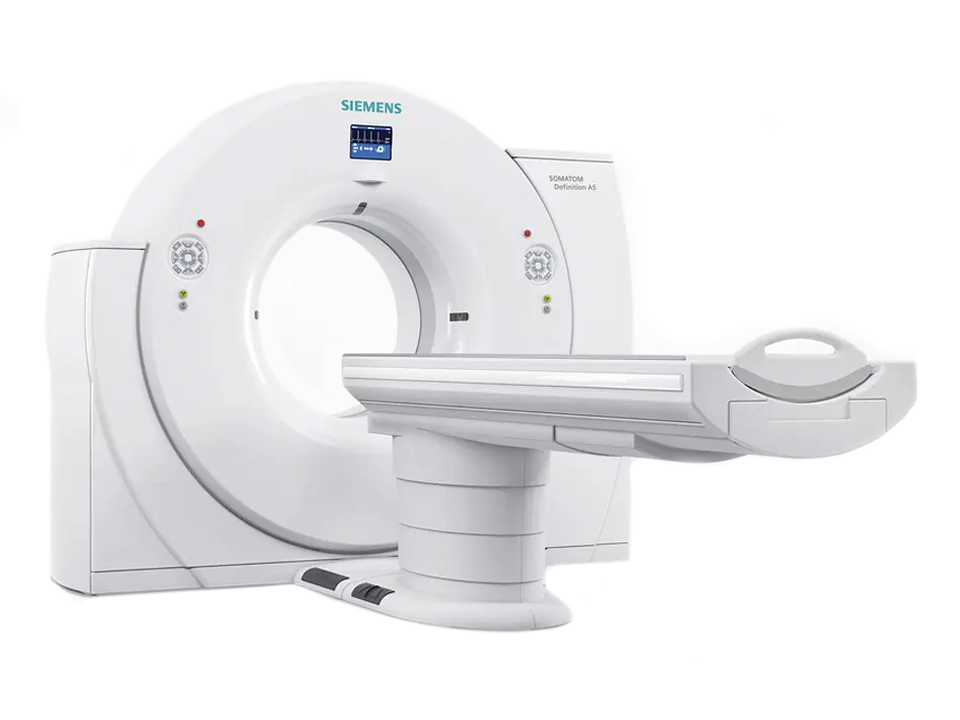
Hi-Speed CT Scan (128 Slice)
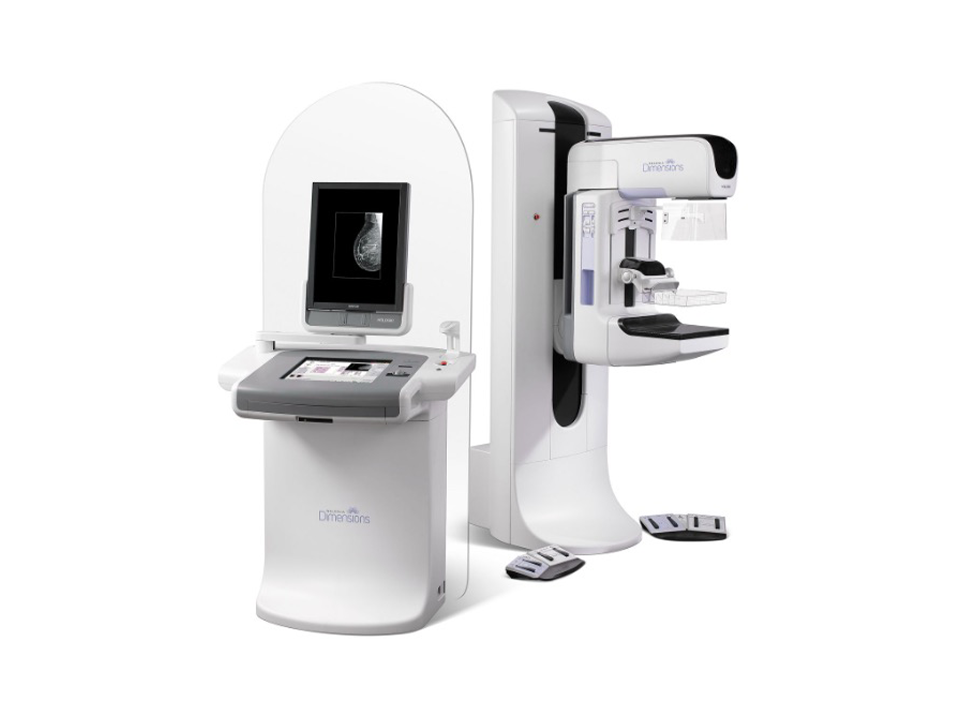
3D Digital Mammography
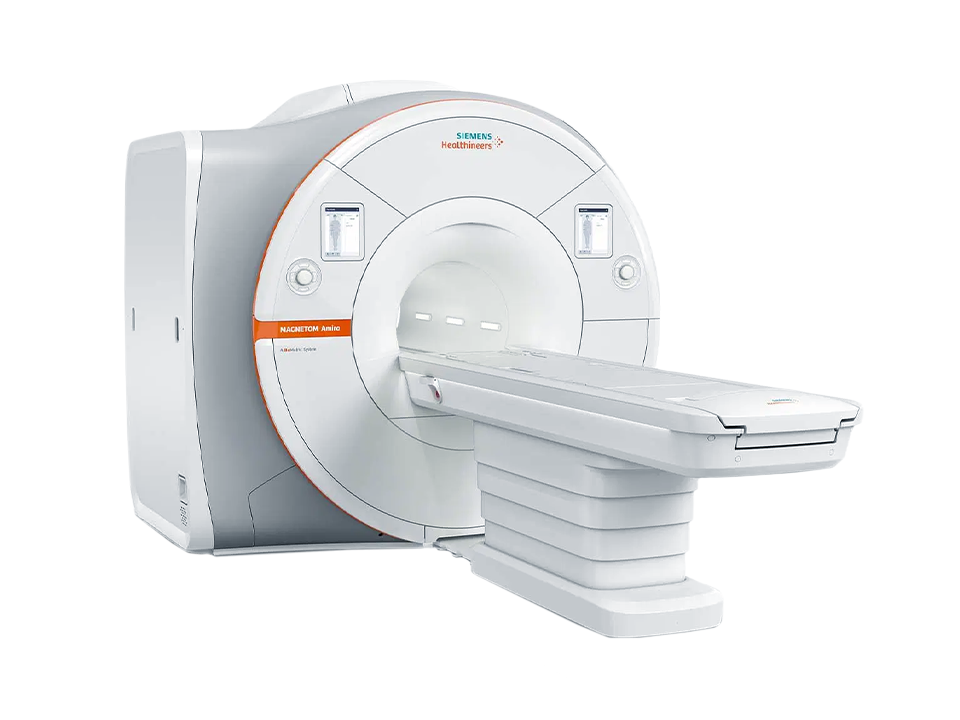
MRI (3T)
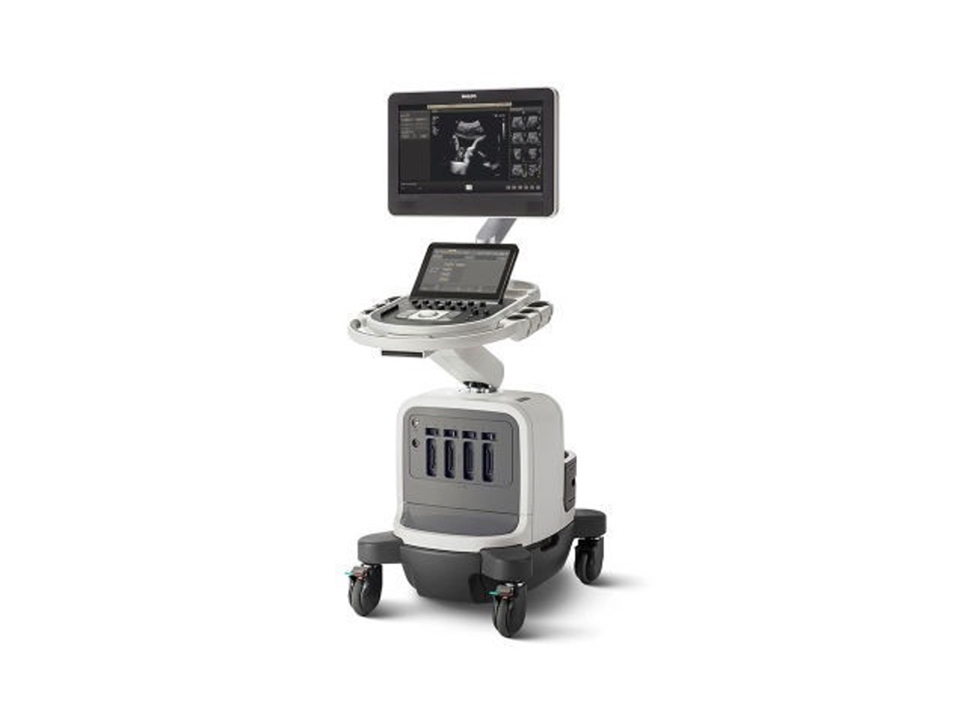
Ultrasound
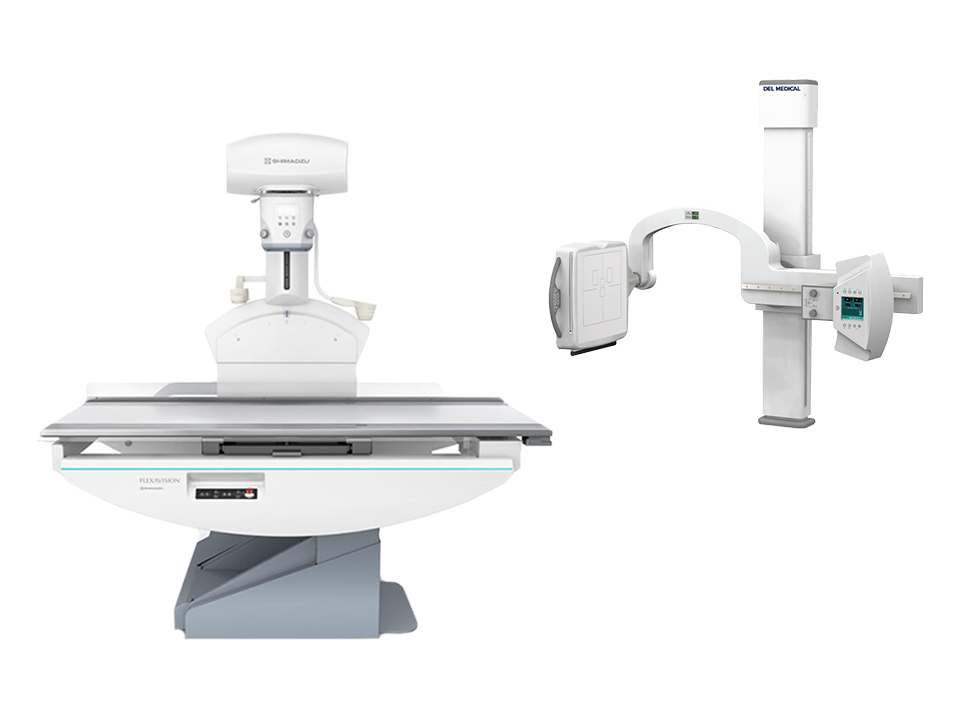
X-Ray/Fluoroscopy
Bone densitometry is a way of measuring bone density, which is a method of estimating the strength of bones and the likelihood of bone fractures with minimal or no trauma.
Dual Energy X-ray Absorptiometry (DEXA) uses a weak form of X-ray to rapidly scan the bones, and converts this information to numbers indicating bone density (referred to as a T-score).
DEXA is used most often to diagnose osteoporosis in women, though men also suffer from fractures related to osteoporosis as well. Bone density testing is strongly recommended for anyone with the following conditions:
General Conditions
- Age 65 or older
- Anyone considering osteoporosis therapy
- Anyone on prolonged hormone replacement therapy
- Loss of more than two inches in height since high school
- Postmenopausal
Specific Medical Conditions
- Eating disorders (anorexia, bulimia)
- Fractures of the spine, wrist, or hip
- Hyperparathyroidism
- Kidney disease
- Long-term steroid use
- Rheumatoid Arthritis
The Facts about Osteoporosis
- Almost 44 million people have or are at risk of developing osteoporosis.
- Seven percent of women become unable to care for themselves after suffering an osteoporotic fracture.
- One-half of all postmenopausal women are affected by osteoporosis.
- After the age of 50, a woman’s risk of developing osteoporosis doubles every five years.
- The risk of hip fracture is 2-3 times higher for women than for men; spinal osteoporosis is 8 times more likely to affect women than men.
- One-half of those who could walk unaided before a hip fracture cannot do so afterward.
Computer Tomography (CT), sometimes called “CAT scanning,” uses special X-ray equipment to obtain image data from different angles around the body, and then uses computer processing of the information to show a cross-section of body tissues and organs.
CT is particularly useful as it can show several types of tissue: lung, bone, soft tissue, and blood vessels with great clarity. Using specialized equipment and expertise to create and interpret CT scans of the body, radiologists can more easily diagnose cancers, cardiovascular and infectious diseases, and trauma and musculoskeletal disorders.
CT exams are often used to plan and properly administer radiation treatments for tumors, and to guide biopsies and other minimally invasive procedures.
The technologist begins by positioning the patient on the CT table. The table will move slowly into the opening of the CT scanner. A CT exam often requires the use of different contrast materials to enhance the visibility of certain tissues or blood vessels. Contrast material may be injected into your bloodstream, or given orally depending on the type of exam.
For any CT please plan on arriving 15 minutes prior to your appointment for patient registration.
Preparations will vary depending on the kind of exam you are having performed.
If you are diabetic and on oral medication, a special prep may be necessary. If you have a known allergy to intravenous X-ray contrast, you may also require a special prep.
CT scans with IV contrast:
- Please do not eat anything four (4) hours prior to your exam.
Wear comfortable, loose fitting clothing. Metal objects can affect the image, so avoid clothing with zippers and snaps. You may also be asked to remove hairpins, jewelry, eyeglasses, hearing aids, and removable dental work. Women should always inform their doctor or the technologist if there is any possibility that they are pregnant.
CT scanning causes no pain. For different parts of the body, your preparation will be different. You may be asked to swallow a liquid contrast material that allows the radiologist to better see the stomach, small bowel, and colon. Often times a contrast material is injected into a vein to better define the blood vessels and kidneys, and to accentuate the appearance between normal and abnormal tissue in organs such as the liver and spleen.
Mammography is a low-dose X-ray examination of the breast. Annual screening mammography is recommended for all women aged 40 and over. A screening mammogram is typically done on women who are asymptomatic (have no symptoms of breast problems). The goal of screening mammography is to detect cancer when it is still too small to be felt by touch. Screening mammography usually involves two views of each breast. For some patients, additional views may be needed to visualize as much breast tissue as possible or to further compress or magnify a particular area. Diagnostic mammography may be performed if there is a strong family or personal history of breast cancer or if the patient or doctor has noticed some changes. These changes may include a breast lump or nipple discharge, or an abnormality found during screening mammography.
In both screening and diagnostic mammography, the idea is to optimally compress the breast. The technologist who performs your mammogram will place your breast on the mammography unit and use a flexible plastic device to compress your breast so that the breast tissue is more evenly spread out. This may be uncomfortable, but it is important to obtain a quality picture. It helps to remember that each X-ray takes just a few moments – and that it could save your life. Early detection of small breast cancers by screening mammography greatly improves a woman’s chance for successful treatment and recovery.
Please plan on arriving 15 minutes prior to your appointment for patient registration.
On the day of your appointment, please do not use deodorant, powders, ointment, or perfume on your breast or underarm area before your mammogram. These substances leave a residue that can be detected by X-ray, distorting the image. Please bring all prior mammograms and breast ultrasounds with you on the day of your appointment.
Magnetic Resonance Imaging provides physicians with highly detailed pictures of anatomy and pathology to help them evaluate a wide range of patient conditions, including stroke, musculoskeletal, and heart disease.
MR provides optimal diagnostic capabilities for the assessment of the brain, spine, prostate, abdomen, and pelvis, as well as perform orthopedic procedures on the elbow, wrist, hip and ankle.
MRI uses radio waves and a strong magnetic field rather than X-rays to provide clear and detailed pictures of internal organs and tissues. Because MRI can provide such clear pictures of soft-tissue structures near and around bones, it is usually the best choice for examination of the body’s major joints, the spine for disc disease, and the soft tissues of the extremities.
Using MR images, physicians can locate and identify:
- Causes of pain.
- Degenerative disorders (arthritis, deterioration of joint surfaces).
- Fractures not visible with use of X-ray.
- Herniated discs.
- Swelling or bleeding in the tissues in and around joints and bones.
- Small tears and injuries to tendons, ligaments, and muscles.
- Evaluate spinal cord trauma.
You will be comfortably positioned on a special table that slides into the MRI system. The technologist will perform the MRI sequences at the control unit in an adjoining room. You will be able to communicate with the technologist by means of an intercom, and music or earplugs will be supplied for your comfort. An MRI does not cause any pain, but you may find it uncomfortable to remain still during the examination.
Preparations will vary depending on the kind of exam you are having performed:
For any MRI please plan on arriving 15 minutes prior to your appointment for patient registration.
An MRI uses strong magnets, so you will be asked to remove your watch, and any other jewelry or metal objects. You may also be asked to remove any makeup you are wearing, as some brands contain trace amounts of metal. Braces and fillings are not normally a problem.
- MRI Abdomen/ MRCP
- Nothing to eat or drink at least four (4) hours prior to the exam.
- Nothing to eat or drink at least four (4) hours prior to the exam.
- MRI with IV contrast
- Nothing to eat or drink for at least two (2) hours prior to the exam.
- Nothing to eat or drink for at least two (2) hours prior to the exam.
- Other MRI exams
Other MRI exams do not require preparation.
Ultrasound scanning also called “ultrasound imaging” or “sonography” is a method of obtaining images from inside the human body through the use of high-frequency sound waves. The sound waves are recorded and displayed as a live image.
Because ultrasound images are captured in real-time, they can show the movement of internal tissues and organs, and enable physicians to see blood flow.
Preparations will vary depending on the kind of exam you are having performed:
For any ultrasound please plan on arriving 15 minutes prior to your appointment for patient registration.
- Abdominal Ultrasound
- Nothing to eat or drink after midnight (or at least six (6) hours prior to the exam)
- Nothing to eat or drink after midnight (or at least six (6) hours prior to the exam)
- Abdomen and Pelvic Ultrasound (scheduled together)
- Nothing to eat at least eight (8) hours prior to the exam.
- Drink 32 ounces of fluid one hour prior to your exam. Please do not empty your bladder.
- OB (pregnancy-1st Trimester) or Pelvic Ultrasound
- Drink 32 ounces of fluid one hour prior to your exam. Please do not empty your bladder as a full bladder is necessary for the exam.
- Drink 32 ounces of fluid one hour prior to your exam. Please do not empty your bladder as a full bladder is necessary for the exam.
- Transrectal Prostate Ultrasound
- Use a Fleet enema prior to the examination. Drink 32 ounces of fluid one hour prior to your exam. Please do not empty your bladder as a full bladder is necessary for the exam.
- Use a Fleet enema prior to the examination. Drink 32 ounces of fluid one hour prior to your exam. Please do not empty your bladder as a full bladder is necessary for the exam.
- Breast Ultrasound
- Please bring your prior mammogram and breast ultrasound studies.
- Please bring your prior mammogram and breast ultrasound studies.
The following ultrasounds do not require any preparation:
- Carotid
- Scrotum/Testicular
- Thyroid Venous Doppler (DVT)
X-ray (also known as Radiography) is a painless exam that helps radiologists diagnose and treat a variety of medical conditions. Images can be taken of the spine, foot, ankle, leg, knee, arm, wrist, hand, head, chest, or abdomen.
Fluoroscopy is an enhanced X-ray that produces images on a television-like monitor. It is especially helpful in diagnosing problems in the digestive tract, kidneys, and gallbladder.
No special preparation is required for general X-Rays. The X-Ray technologist will provide you with brief instructions once you arrive for your X-Ray.
Fluoroscopic preparations will vary depending on the kind of exam you are having performed:
For any fluoroscopy studies, please plan on arriving 15 minutes prior to your appointment for patient registration.
- Upper GI Series, Small Bowel Study
- Nothing to eat or drink after midnight (or at least eight (8) hours prior to the exam)
- Nothing to eat or drink after midnight (or at least eight (8) hours prior to the exam)
- Barium Enema (with or without air)
- A clear liquid diet, two days before the exam. You may have water, black coffee, black tea, jello, clear broth, strained juices, etc. NO SOLID FOOD, MILK, DAIRY PRODUCTS, FRUITS, VEGETABLES OR CEREAL. Take 2 ounces of Castor Oil or four (4) ounces of Neoloid the evening before the examination. Do not eat or drink on the morning of the exam. Use the Fleet Enema in the morning just prior to the examination.
For IVP (Intravenous Pyelogram) studies, please plan on arriving 15 minutes prior to your appointment for patient registration.
- Intravenous Pyelogram
- Light low residue diet the day before the exam. Do not eat or drink four (4) hours prior to your appointment.
We Accept
Contact SPR
(Entrance on 56th St)
5521 8th Avenue
6th Fl.
Brooklyn, NY 11220
Mon-Fri 8:00am – 6:00pm
Sat 8:00am – 4:00pm
Sun Closed
- Phone Number: (718) 928-2588
- Fax Number: (718) 928-2580
- E-mail: info@sunsetparkradiology.com
Sunset Park Radiology
Our radiologists are board certified by the American Board of Radiology (ABR) and subspecialty trained in neuroradiology, body imaging, breast imaging, musculoskeletal, and MRI.
Our radiologists are board certified by the American Board of Radiology (ABR) and subspecialty trained in neuroradiology, body imaging, breast imaging, musculoskeletal, and MRI.
SPR boasts state-of-the-art technology for high-quality imaging services.
We have highly experienced and specialized radiologists and technologists.
Provide superior, individualized, bilingual patient-centered care.
Services We Offer

Bone Density (DEXA)
Bone densitometry is a way of measuring bone density, which is a method of estimating the strength of bones and the likelihood of bone fractures with minimal or no trauma. Dual Energy X-ray Absorptiometry (DEXA) uses a weak form of X-ray to rapidly scan the bones, and converts this information to numbers indicating bone density (referred to as a T-score).
DEXA is used most often to diagnose osteoporosis in women, though men also suffer from fractures related to osteoporosis as well. Bone density testing is strongly recommended for anyone with the following conditions:
General Conditions
- Age 65 or older
- Anyone considering osteoporosis therapy
- Anyone on prolonged hormone replacement therapy
- Loss of more than two inches in height since high school
- Postmenopausal
Specific Medical Conditions
- Eating disorders (anorexia, bulimia)
- Fractures of the spine, wrist, or hip
- Hyperparathyroidism
- Kidney disease
- Long-term steroid use
- Rheumatoid Arthritis
The Facts about Osteoporosis
- Almost 44 million people have or are at risk of developing osteoporosis.
- Seven percent of women become unable to care for themselves after suffering an osteoporotic fracture.
- One-half of all postmenopausal women are affected by osteoporosis.
- After the age of 50, a woman’s risk of developing osteoporosis doubles every five years.
- The risk of hip fracture is 2-3 times higher for women than for men; spinal osteoporosis is 8 times more likely to affect women than men.
- One-half of those who could walk unaided before a hip fracture cannot do so afterward.

Hi-Speed CT Scan (128 Slice)
Computer Tomography (CT), sometimes called “CAT scanning,” uses special X-ray equipment to obtain image data from different angles around the body, and then uses computer processing of the information to show a cross-section of body tissues and organs.
CT is particularly useful as it can show several types of tissue: lung, bone, soft tissue, and blood vessels with great clarity. Using specialized equipment and expertise to create and interpret CT scans of the body, radiologists can more easily diagnose cancers, cardiovascular and infectious diseases, and trauma and musculoskeletal disorders.
CT exams are often used to plan and properly administer radiation treatments for tumors, and to guide biopsies and other minimally invasive procedures.
The technologist begins by positioning the patient on the CT table. The table will move slowly into the opening of the CT scanner. A CT exam often requires the use of different contrast materials to enhance the visibility of certain tissues or blood vessels. Contrast material may be injected into your bloodstream, or given orally depending on the type of exam.
For any CT please plan on arriving 15 minutes prior to your appointment for patient registration.
Preparations will vary depending on the kind of exam you are having performed.
If you are diabetic and on oral medication, a special prep may be necessary. If you have a known allergy to intravenous x-ray contrast, you may also require a special prep.
CT scans with IV contrast:
- Please do not eat anything four (4) hours prior to your exam.
Wear comfortable, loose fitting clothing. Metal objects can affect the image, so avoid clothing with zippers and snaps. You may also be asked to remove hairpins, jewelry, eyeglasses, hearing aids, and removable dental work. Women should always inform their doctor or the technologist if there is any possibility that they are pregnant.
CT scanning causes no pain. For different parts of the body, your preparation will be different. You may be asked to swallow a liquid contrast material that allows the radiologist to better see the stomach, small bowel, and colon. Often times a contrast material is injected into a vein to better define the blood vessels and kidneys, and to accentuate the appearance between normal and abnormal tissue in organs such as the liver and spleen.

3D Digital Mammography
Mammography is a low-dose X-ray examination of the breast. Annual screening mammography is recommended for all women aged 40 and over. A screening mammogram is typically done on women who are asymptomatic (have no symptoms of breast problems). The goal of screening mammography is to detect cancer when it is still too small to be felt by touch. Screening mammography usually involves two views of each breast. For some patients, additional views may be needed to visualize as much breast tissue as possible or to further compress or magnify a particular area. Diagnostic mammography may be performed if there is a strong family or personal history of breast cancer or if the patient or doctor has noticed some changes. These changes may include a breast lump or nipple discharge, or an abnormality found during screening mammography.
In both screening and diagnostic mammography, the idea is to optimally compress the breast. The technologist who performs your mammogram will place your breast on the mammography unit and use a flexible plastic device to compress your breast so that the breast tissue is more evenly spread out. This may be uncomfortable, but it is important to obtain a quality picture. It helps to remember that each x-ray takes just a few moments – and that it could save your life. Early detection of small breast cancers by screening mammography greatly improves a woman’s chance for successful treatment and recovery.
Please plan on arriving 15 minutes prior to your appointment for patient registration.
On the day of your appointment, please do not use deodorant, powders, ointment, or perfume on your breast or underarm area before your mammogram. These substances leave a residue that can be detected by x-rays, distorting the image. Please bring all prior mammograms and breast ultrasounds with you on the day of your appointment.

MRI
(3T)
Magnetic Resonance Imaging provides physicians with highly detailed pictures of anatomy and pathology to help them evaluate a wide range of patient conditions, including stroke, musculoskeletal, and heart disease.
MR provides optimal diagnostic capabilities for the assessment of the brain, spine, prostate, abdomen, and pelvis, as well as perform orthopedic procedures on the elbow, wrist, hip and ankle.
MRI uses radio waves and a strong magnetic field rather than X-rays to provide clear and detailed pictures of internal organs and tissues. Because MRI can provide such clear pictures of soft-tissue structures near and around bones, it is usually the best choice for examination of the body’s major joints, the spine for disc disease, and the soft tissues of the extremities.
Using MR images, physicians can locate and identify:
- Causes of pain.
- Degenerative disorders (arthritis, deterioration of joint surfaces).
- Fractures not visible with use of X-ray.
- Herniated discs.
- Swelling or bleeding in the tissues in and around joints and bones.
- Small tears and injuries to tendons, ligaments, and muscles.
- Evaluate spinal cord trauma.
You will be comfortably positioned on a special table that slides into the MRI system. The technologist will perform the MRI sequences at the control unit in an adjoining room. You will be able to communicate with the technologist by means of an intercom, and music or earplugs will be supplied for your comfort. An MRI does not cause any pain, but you may find it uncomfortable to remain still during the examination.
Preparations will vary depending on the kind of exam you are having performed:
For any MRI please plan on arriving 15 minutes prior to your appointment for patient registration.
An MRI uses strong magnets, so you will be asked to remove your watch, and any other jewelry or metal objects. You may also be asked to remove any makeup you are wearing, as some brands contain trace amounts of metal. Braces and fillings are not normally a problem.
- MRI Abdomen/ MRCP
- Nothing to eat or drink at least four (4) hours prior to the exam.
- Nothing to eat or drink at least four (4) hours prior to the exam.
- MRI with IV contrast
- Nothing to eat or drink for at least two (2) hours prior to the exam.
- Nothing to eat or drink for at least two (2) hours prior to the exam.
- Other MRI exams
Other MRI exams do not require preparation.

Ultrasound
Ultrasound scanning also called “ultrasound imaging” or “sonography” is a method of obtaining images from inside the human body through the use of high-frequency sound waves. The sound waves are recorded and displayed as a live image.
Because ultrasound images are captured in real-time, they can show the movement of internal tissues and organs, and enable physicians to see blood flow.
Preparations will vary depending on the kind of exam you are having performed:
For any ultrasound please plan on arriving 15 minutes prior to your appointment for patient registration.
- Abdominal Ultrasound
- Nothing to eat or drink after midnight (or at least six (6) hours prior to the exam)
- Nothing to eat or drink after midnight (or at least six (6) hours prior to the exam)
- Abdomen and Pelvic Ultrasound (scheduled together)
- Nothing to eat at least eight (8) hours prior to the exam.
- Drink 32 ounces of fluid one hour prior to your exam. Please do not empty your bladder.
- OB (pregnancy-1st Trimester) or Pelvic Ultrasound
- Drink 32 ounces of fluid one hour prior to your exam. Please do not empty your bladder as a full bladder is necessary for the exam.
- Drink 32 ounces of fluid one hour prior to your exam. Please do not empty your bladder as a full bladder is necessary for the exam.
- Transrectal Prostate Ultrasound
- Use a Fleet enema prior to the examination. Drink 32 ounces of fluid one hour prior to your exam. Please do not empty your bladder as a full bladder is necessary for the exam.
- Use a Fleet enema prior to the examination. Drink 32 ounces of fluid one hour prior to your exam. Please do not empty your bladder as a full bladder is necessary for the exam.
- Breast Ultrasound
- Please bring your prior mammogram and breast ultrasound studies.
- Please bring your prior mammogram and breast ultrasound studies.
The following ultrasounds do not require any preparation:
- Carotid
- Scrotum/Testicular
- Thyroid Venous Doppler (DVT)

X-Ray/ Fluoroscopy
X-Ray (also known as Radiography) is a painless exam that helps radiologists diagnose and treat a variety of medical conditions. Images can be taken of the spine, foot, ankle, leg, knee, arm, wrist, hand, head, chest, or abdomen.
Fluoroscopy is an enhanced X-ray that produces images on a television-like monitor. It is especially helpful in diagnosing problems in the digestive tract, kidneys, and gallbladder.
No special preparation is required for general X-Rays. The X-Ray technologist will provide you with brief instructions once you arrive for your X-Ray.
Fluoroscopic preparations will vary depending on the kind of exam you are having performed:
For any fluoroscopy studies, please plan on arriving 15 minutes prior to your appointment for patient registration.
- Upper GI Series, Small Bowel Study
- Nothing to eat or drink after midnight (or at least eight (8) hours prior to the exam)
- Nothing to eat or drink after midnight (or at least eight (8) hours prior to the exam)
- Barium Enema (with or without air)
- A clear liquid diet, two days before the exam. You may have water, black coffee, black tea, jello, clear broth, strained juices, etc. NO SOLID FOOD, MILK, DAIRY PRODUCTS, FRUITS, VEGETABLES OR CEREAL. Take 2 ounces of Castor Oil or four (4) ounces of Neoloid the evening before the examination. Do not eat or drink on the morning of the exam. Use the Fleet Enema in the morning just prior to the examination.
For IVP (Intravenous Pyelogram) studies, please plan on arriving 15 minutes prior to your appointment for patient registration.
- Intravenous Pyelogram
- Light low residue diet the day before the exam. Do not eat or drink four (4) hours prior to your appointment.
We Accept
Contact SPR
Our Address
5521 8th Avenue
6th Fl.
Brooklyn, NY 11220
Office Hours
Mon-Fri 8:00am – 6:00pm
Sat 8:00am – 4:00pm
Sun Closed
- Phone Number: (718) 928-2588
- Fax Number: (718) 928-2580
- E-mail: info@sunsetparkradiology.com




